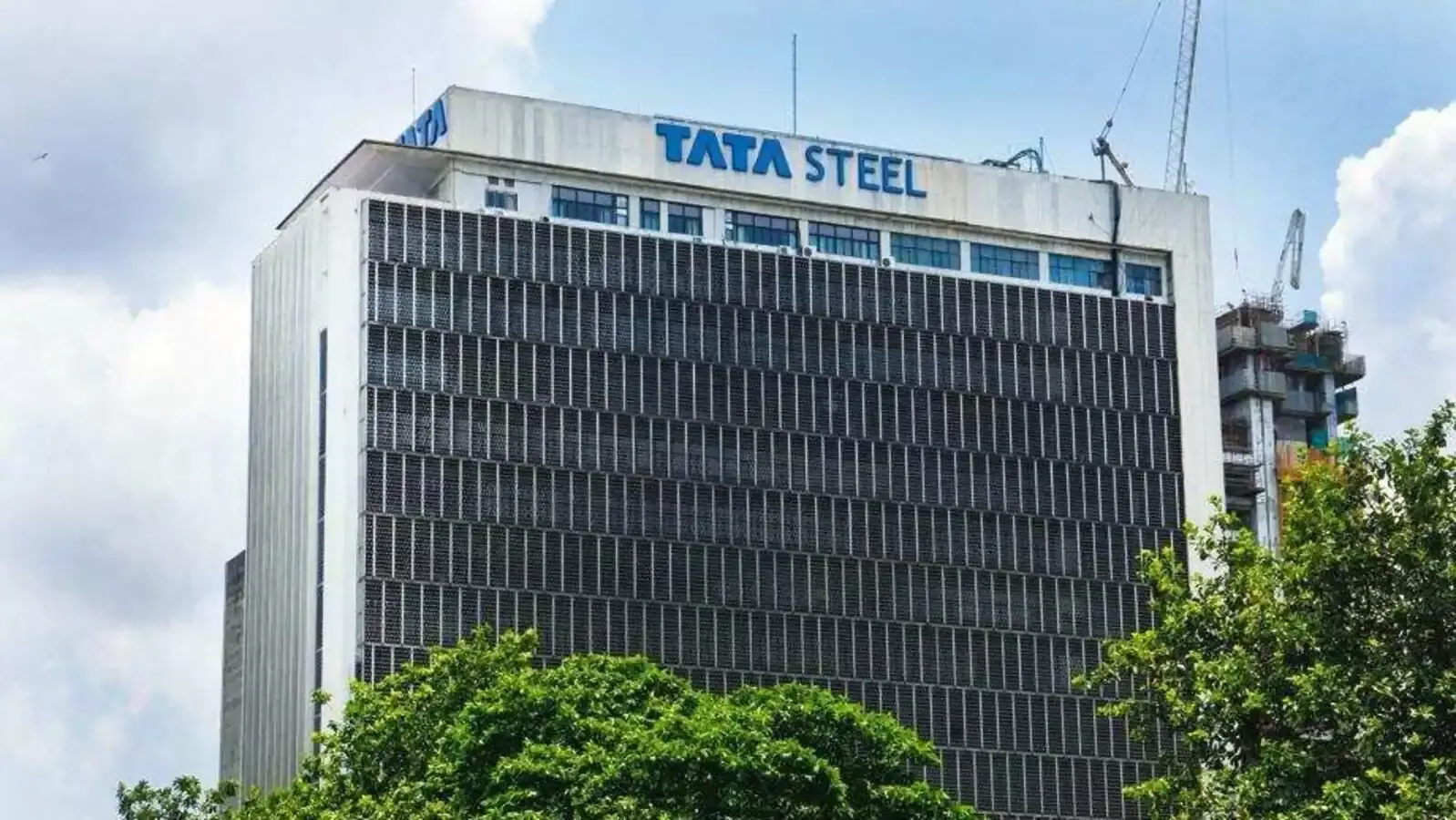Tata Steel plans ₹10,000 crore capex annually to reach 40 mn tons per year by 2030
Tata Steel will continue to allocate around ₹10,000 crore annually for capital expenditure to expand its production capacity to 40 million tons per annum (mtpa) by 2030
image for illustrative purpose

Tata Steel will continue to allocate around ₹10,000 crore annually for capital expenditure to expand its production capacity to 40 million tons per annum (mtpa) by 2030, as announced by N Chandrasekaran, chairman of Tata Sons Limited, at Tata Steel’s annual general meeting on Monday.
“The company is committed to investing in capacity expansion and transforming steelmaking processes to reduce carbon emissions,” Chandrasekaran told shareholders. Tata Steel plans to employ strategies and technologies to advance its decarbonization efforts.
The company is expanding its Kalinganagar plant from 3 mtpa to 8 mtpa. In the third phase of expansion, the Kalinganagar capacity will be increased by an additional 5 mt to reach 13 mtpa. NINL, an acquired subsidiary and part of the Kalinganagar ecosystem, will also be expanded from the current 1 mtpa to 5.5 mtpa in the coming years.
Additionally, Tata Steel’s 0.75 mtpa scrap-based low-carbon electric-arc furnace in Ludhiana is expected to be commissioned by 2026, enhancing its long product portfolio. Over the next 8 to 10 years, the company aims to complete its expansion while reducing its debt annually, maintaining a debt-to-Ebitda ratio below 3.
Focus on International Site Transformation
Chandrasekaran stated that Tata Steel will continue transforming its international sites. The second blast furnace in the UK is likely to shut down by September due to safety concerns. The company plans to replace the plants with electric-arc furnaces of equivalent capacity through a £1.25 billion investment in collaboration with the UK government. Despite the change in the UK government, ongoing discussions regarding Tata Steel UK remain unaffected. The UK plant’s heavy-end assets are nearing the end of their life, resulting in unsustainable financial losses.
Furthermore, Tata Steel is in talks with the Dutch government for financial and policy support for a major decarbonization plan, which includes replacing one of the two blast furnaces with hydrogen-based direct reduction of iron (DRI) technology.

